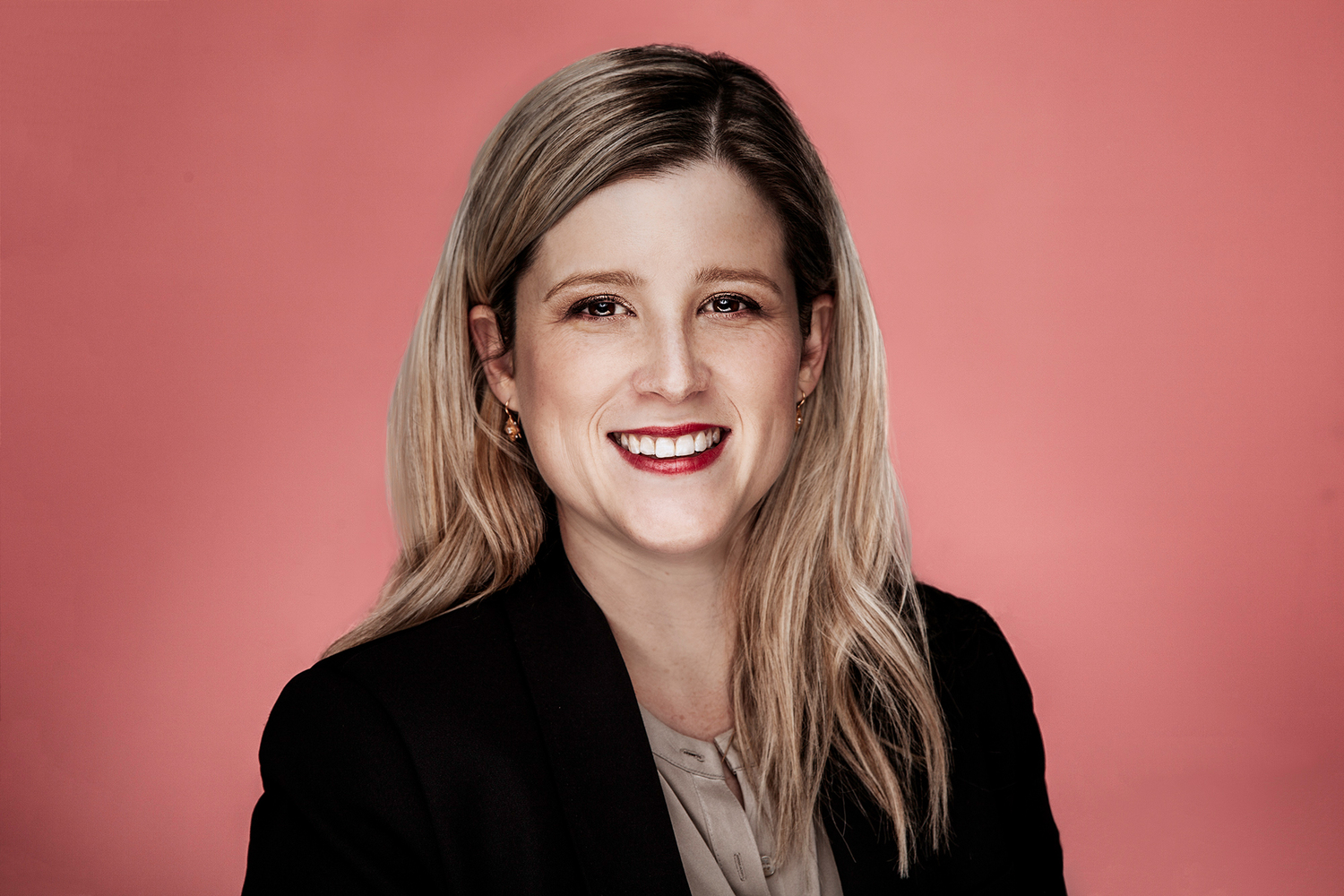Risk and legal technology: an academic, an insurer and a regulator share their views
An academic, an insurer and a regulator walk into a bar… and have a fascinating conversation about the risks posed by legal technology?
Take out the part about the bar, and read on to see that dreams can come true. Because in this blog post, we thought we’d do something a little different. We sought out people not often interviewed in a legal tech context – an academic, a regulator and an insurer – to talk to them about both the opportunities and the risks posed by legal technology and automation. Their answers might surprise you!

Sara Rayment
The Academic: Sara Rayment, Conjoint Associate Professor, University of Newcastle and Founder, Inkling Legal Design
Sara is one of the preeminent experts in the regulation of legal technology and innovation in Australia. In her work as an academic at the University of Newcastle and as founder of Inkling Legal Design, Sara observes that one of the biggest barriers to the widespread adoption and implementation of legal technology and innovation is the “huge gap between what lawyers want to do, and what they have express permission to do. In many industries, innovators challenge the status quo and rely on regulatory loopholes. Lawyers are generally more careful and err on the side of caution which leads to inaction where regulations aren’t crystal clear.” This perceived regulatory gap is a significant barrier to innovation, particularly in circumstances where lawyers are generally conservative and risk-averse.
“The interesting thing,” she says, “is that once you drill down into the individual rules, a lot of them shouldn’t apply any differently in the digital environment. [Most automated legal technology] is a system of advice that has been created by a lawyer and there is no reason that shouldn’t comply with the regulations and the case law.”
To mitigate against any risks posed by legal technology and innovation, Sara advises lawyers to apply the same basic ideas of quality control as other industries, like engineering. “You have to get the same results each time,” she says. “If you build a bot, you need to check every so often to make sure that each of the pathways that you go down produces the correct result.” Sara’s concern is the idea of ‘setting and forgetting’. “I’m worried that lawyers will build the system, release it into the wild and then not check on it.”
For Sara, the profession needs to continue pursuing technology and innovation. For those firms who do it well, they have the “potential for a distinct competitive advantage; increased accuracy of the services they offer, which leads into potential for increased quality; and a reduction in the cost of delivering those services – an understanding that profit is better than revenue.”
The Insurer: Justin Toohey, CEO, LPLC
Justin Toohey is the CEO of the Legal Practitioners Liability Committee (LPLC), the compulsory insurer for legal practitioners in Victoria, Australia. He’s the person whose job it is to help practitioners manage the risks of legal practice. But, asked for his professional view on legal technology and innovation, Justin replied: “a practitioner’s duty of care to clients and exposure to liability risks exist as much in the traditional paper world as in an increasingly technology-enabled world. Liability is technology-agnostic. There are risks one way or the other. Our role is management of that risk and helping lawyers to practice safely, wherever the professional risks lie. Where tech can help manage that risk, then we embrace it.”

Justin Toohey
When reflecting on the impact of technology on his work, Justin noted its duality: its potential to both increase and decrease risk in legal matters and transactions. He pointed to electronic conveyancing as an example. Paper conveyancing was risky because titles to property could be stolen, lost or accidentally given to the wrong person. Electronic conveyancing removed a lot of these risks by automatically registering titles and transactions and creating a reliable electronic footprint of times, names and dates. However, electronic conveyancing also created new risks: electronic transactions, for example, are now manipulable by hackers and other tech-savvy fraudsters.
When asked about his view of automation in legal work, Justin had a positive view. “The law lends itself to processes. [And these] need to be gotten exactly right. Bots like Josef would help tremendously to do this.” Of course, not everything can be distilled to a process, and lawyering that consists of judgment calls and deep thinking will always sit on top of automated processes. Justin’s ultimate view is that by using technology and automation to complement a lawyer’s own logic, rather than replace it, a lawyer can use that extra time to think about the nuances of the transaction, allowing them to minimise risk by providing well-rounded advice that goes beyond mere process.
The Regulator: Fiona McLeay, Legal Services Board CEO and Legal Services Commissioner
Fiona McLeay has been the Legal Services Commissioner and CEO of the LSB for almost two years. The LSB’s focus is on how to support and enhance public trust and confidence in the profession by protecting consumers from unethical and unprofessional lawyers and assisting lawyers to live up to their duties. Fiona sees innovation in legal service delivery as crucial to achieving these goals.

Fiona McLeay
Under her direction, the LSB has adopted a unique strategy among legal regulators. “It’s clear that there are lots of people that aren’t accessing legal services who need to,” she says. “There is also pressure on the [conventional] business model of the profession, particularly on smaller practices which are a vital part of the legal marketplace. This is where most average Australians get legal assistance. Unfortunately, there is sometimes a mismatch between the unmet legal needs of many Australians and the capability of the profession to provide for them.”
In order to help close this gap, Fiona has focused on the question of whether regulation presents a barrier to lawyers meeting the legal needs of average Australians. She concludes that whilst regulation may sometimes be a barrier, lawyers’ attitudes to regulation are a much bigger blocker. “There are sometimes technical questions that can be worked through in conversation with the regulator, but some lawyers form premature views about regulatory outcomes and decide not to do something, using the regulation [as an excuse]”. In response, the LSB has set up an “innovation inbox” and a team who will provide guidance on regulatory issues and professional liability risks.
Fiona also thinks that automation can be extremely useful in bridging the access to justice gap. “There is a big untapped market out there for legal services. The pool of potential consumers is much larger than the current pool of clients. [Firms should start thinking about] people who might have a need for legal help that aren’t currently coming to them, rather than only seeking more clients that look like the ones they already have.” Automation can help them access these people, as it speeds up the firms’ processes and increases their reach.
When asked for practical tips for future lawyers, Fiona advises firms to tap into forums, blogs and online conversations. She also encourages open and honest dialogue between the profession and the regulator. “Engage with us,” she says. “We’re not here with a big stick waiting to whack you. We’re not going to take away your practising certificate because you want to explore new ways of providing legal services. In fact, we welcome it!”
Finally, she suggested that lawyers stop thinking of lawyering as a “one-size-fits-all service model. People [actually often] need different levels of service. Sometimes you need a snack. Sometimes you want lunch. Sometimes you want the full degustation. Some lawyers just assume people will want the whole “soup to cheese” service. That’s great if you have time and money, but not everyone does. People should still be able to get a quality service within smaller parameters.”

![“The law lends itself to processes. [And these] need to be gotten exactly right. Bots like Josef would help tremendously to do this.”](https://joseflegal.com/wp-content/uploads/2019/11/Rectangle-1-3-1440x590.jpg)